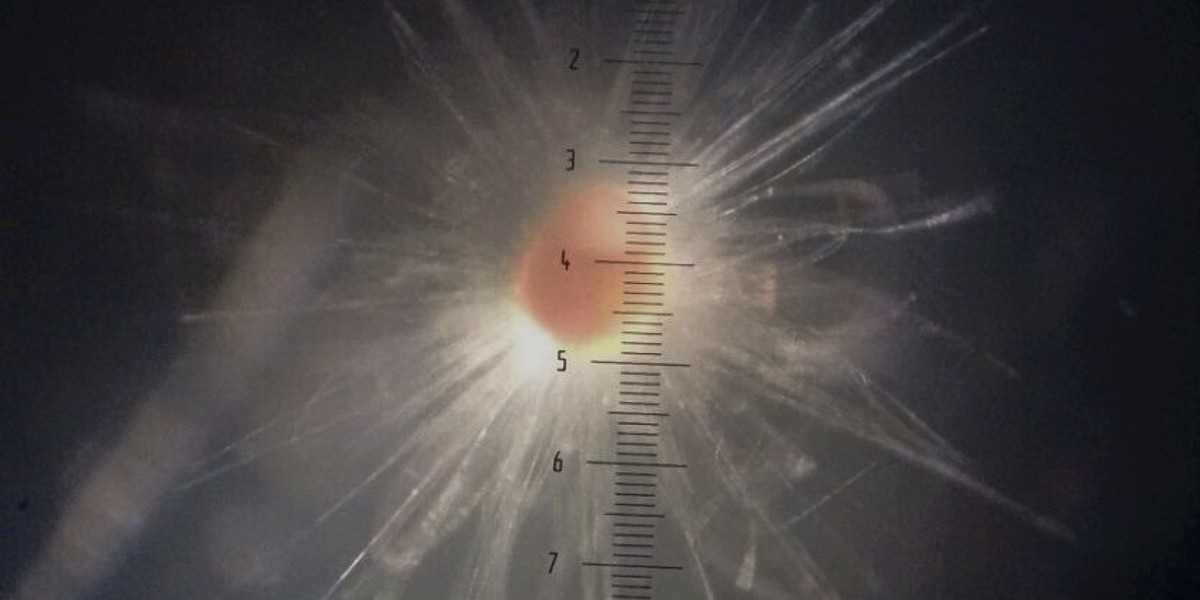PASODOBLE_Production of Shells under Ocean acidification: DOes calcification Become more or Less Energy-efficient?
PASODOBLE aims at understanding the relation between marine calcification and atmospheric CO2 concentrations.
Bi-directional effects
The relation between atmospheric CO2 and calcification is bi-directional: decreased calcification increases the capacity of the oceans to take up atmospheric carbon dioxide and uptake of CO2 will affect calcification. However, although of evident great importance, impact of pCO2 on marine calcification is still poorly constrained. For some organisms increased pCO2 might actually increase calcification, due to their ability to efficiently convert carbonate species.

Knowledge gap
This lack in crucial knowledge reflects the fact that the underlying mechanisms linking calcification and seawater alkalinity, pH and carbonate ion concentrations are essentially unknown. To predict future responses of calcification in one of the most abundant groups of marine calcifyers, the foraminifera, this proposal aims at elucidating the physiological basis for calcification. The recent discovery that proton pumping and active conversion of inorganic carbon in these organisms raises a number of questions concerning past and future success of specific foraminiferal species.
The Pasodoble approach
Potential differences in calcification strategies between foraminiferal groups will be identified within PASODOBLE’s approach and will help to identify 1) group-specific responses to ongoing changes in ocean carbon chemistry and 2) allow interpretation of the foraminiferal fossil record and their evolution as a function of marine inorganic chemistry. A comprehensive mechanistic model for foraminiferal calcification will include estimates for the energy costs involved in calcification and dependency on carbon speciation. Together, this will allow quantitatively linking seawater chemistry, calcification and future impact on the oceans’ ability to buffer ongoing CO2 release